Editor's Picks
Articles
Latest
Most Viewed
Most Downloaded
Most Cited
Open Access
Original Article
Design and synthesis of nanoscale titanium-porphyrin coordination nanomaterials for photodynamic-sonodynamic synergistic therapy of tumor cells
Wei Wang ... Peng Geng
Published: April 24, 2025 Explor BioMat-X. 2025;2:101337
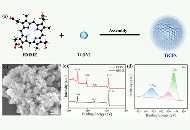
Open Access
Review
Chitosan-based composite scaffolds for accelerated epidermal-dermal wound healing
Athira S. Dev ... Renu Mohan
Published: April 24, 2025 Explor BioMat-X. 2025;2:101336
This article belongs to the special issue Nature-Based Biomaterials for Biomedical Applications
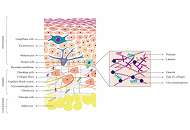
Open Access
Original Article
Top2b regulates morphological and migratory properties of retinal progenitor cells in vivo and upon transplantable matrix substrates
Alexandra C. Dabrowski ... Maribel Vazquez
Published: April 14, 2025 Explor BioMat-X. 2025;2:101335
This article belongs to the special issue Bioinspired Material for Regenerative Medicine
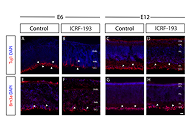
Open Access
Original Article
Long-term durability of silicone breast implants
Vladimir V. Shadrin ... Violetta A. Platunova
Published: April 09, 2025 Explor BioMat-X. 2025;2:101334
This article belongs to the special issue The Use of 2D Materials in Bio-tribology
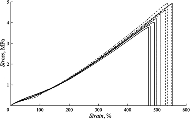
Open Access
Original Article
Treatment of venous thromboembolisms using a wireless-powered thrombolytic filter
Nolan G. Schwarz ... Ivan T. Lima
Published: April 01, 2025 Explor BioMat-X. 2025;2:101333
This article belongs to the special issue Trends in Biomaterials Research for Cardiovascular Applications
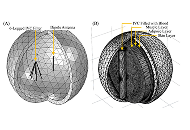
Open Access
Review
Mineral nanoparticles and nanocomposite hydrogels with osteoinductive properties for bone regeneration
Cho-E Choi, Arghya Paul
Published: March 17, 2025 Explor BioMat-X. 2025;2:101332
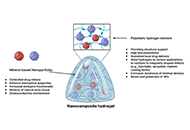
Open Access
Commentary
Navigating regulatory challenges in molecularly tailored nanomedicine
Ajay Vikram Singh ... Paolo Zamboni
Published: April 25, 2024 Explor BioMat-X. 2024;1:124–134
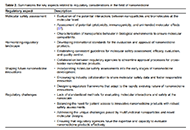
Open Access
Review
Advancements in surface modification strategies of vascular grafts to improve biocompatibility and tissue integration
Noor Abu Jarad ... Tohid F. Didar
Published: September 13, 2024 Explor BioMat-X. 2024;1:241–265
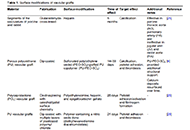
Open Access
Original Article
On 17-4PH stainless steel dental implant for premolar 4 in canine under compressive loading: effect of solid and octet metastructure
Bharat Kalia ... Gurwinder Singh
Published: August 23, 2024 Explor BioMat-X. 2024;1:202–214
This article belongs to the special issue Metal 3D Printing of Biometals for Prostheses and Implants
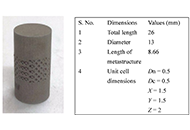
Open Access
Original Article
Fabrication and characterization of pHEMA hydrogel conduit containing GelMA-HaMA IPN for peripheral nerve regeneration
Damla Arslantunali Sahin ... Vasif Hasirci
Published: February 26, 2024 Explor BioMat-X. 2024;1:34–57
This article belongs to the special issue Nature-Based Biomaterials for Biomedical Applications
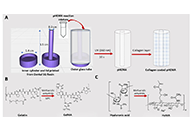
Open Access
Original Article
A tri-layer tissue engineering heart valve scaffold based on atelocollagen, hyaluronic acid, and elastin
Zhaoying Ma ... Jan T. Czernuszka
Published: August 29, 2024 Explor BioMat-X. 2024;1:215–230
This article belongs to the special issue Bioinspired Material for Regenerative Medicine
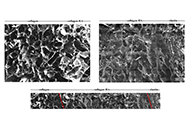
Open Access
Case Report
Tissue engineering approach to the creation of grafting material for rhinoplasty: clinical case reports
Vladimir Karpiuk ... Olga Ponkina
Published: June 03, 2024 Explor BioMat-X. 2024;1:158–173
This article belongs to the special issue Bioinspired Material for Regenerative Medicine
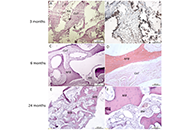
Open Access
Commentary
Navigating regulatory challenges in molecularly tailored nanomedicine
Ajay Vikram Singh ... Paolo Zamboni
Published: April 25, 2024 Explor BioMat-X. 2024;1:124–134

Open Access
Original Article
Fabrication and characterization of pHEMA hydrogel conduit containing GelMA-HaMA IPN for peripheral nerve regeneration
Damla Arslantunali Sahin ... Vasif Hasirci
Published: February 26, 2024 Explor BioMat-X. 2024;1:34–57
This article belongs to the special issue Nature-Based Biomaterials for Biomedical Applications

Open Access
Original Article
On 17-4PH stainless steel dental implant for premolar 4 in canine under compressive loading: effect of solid and octet metastructure
Bharat Kalia ... Gurwinder Singh
Published: August 23, 2024 Explor BioMat-X. 2024;1:202–214
This article belongs to the special issue Metal 3D Printing of Biometals for Prostheses and Implants

Open Access
Review
Advancements in surface modification strategies of vascular grafts to improve biocompatibility and tissue integration
Noor Abu Jarad ... Tohid F. Didar
Published: September 13, 2024 Explor BioMat-X. 2024;1:241–265

Open Access
Original Article
Gum Arabic-assisted green synthesis of gold nanoparticles as fluorescence modulator for potential analytical applications
Ahmed T. Algahiny ... Fryad Z. Henari
Published: July 28, 2024 Explor BioMat-X. 2024;1:190–201
This article belongs to the special issue Green Nanoparticles for Biomedical Applications
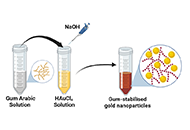
Open Access
Original Article
A tri-layer tissue engineering heart valve scaffold based on atelocollagen, hyaluronic acid, and elastin
Zhaoying Ma ... Jan T. Czernuszka
Published: August 29, 2024 Explor BioMat-X. 2024;1:215–230
This article belongs to the special issue Bioinspired Material for Regenerative Medicine

Open Access
Commentary
Navigating regulatory challenges in molecularly tailored nanomedicine
Ajay Vikram Singh ... Paolo Zamboni
Published: April 25, 2024 Explor BioMat-X. 2024;1:124–134

Open Access
Review
Advancements in hydrogel technology for ocular drug delivery
Doanh Truong ... Simon D. Tran
Published: December 12, 2024 Explor BioMat-X. 2024;1:331–352
This article belongs to the special issue Bioprinted Hydrogels for Engineering Tissues and Organs
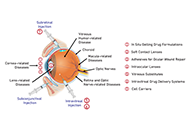
Open Access
Review
Advancements in surface modification strategies of vascular grafts to improve biocompatibility and tissue integration
Noor Abu Jarad ... Tohid F. Didar
Published: September 13, 2024 Explor BioMat-X. 2024;1:241–265

Open Access
Review
Electrospun scaffolds for heart valve tissue engineering
Betül Gürbüz ... Erkan Türker Baran
Published: February 27, 2025 Explor BioMat-X. 2025;2:101331
This article belongs to the special issue Trends in Biomaterials Research for Cardiovascular Applications
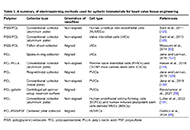
Open Access
Original Article
Effects of cold plasma treatment on the biological performances of decellularized bovine pericardium extracellular matrix-based films for biomedical applications
Maria Elena Lombardo ... Diego Mantovani
Published: April 23, 2024 Explor BioMat-X. 2024;1:84–99
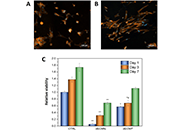
Open Access
Review
Photonic silver iodide nanostructures for optical biosensors
Humaira Aslam ... Misbah Ullah Khan
Published: December 13, 2024 Explor BioMat-X. 2024;1:366–379
This article belongs to the special issue Plasmonic Nanostructures for Designing Optical Biosensors
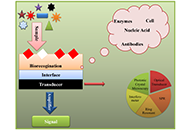
Special Issues
Ongoing Special lssues
Completed Special lssues
Bioprinted Hydrogels for Engineering Tissues and Organs
Vahid Serpooshan Liqun Ning
September 30, 2025
Published Articles: 1
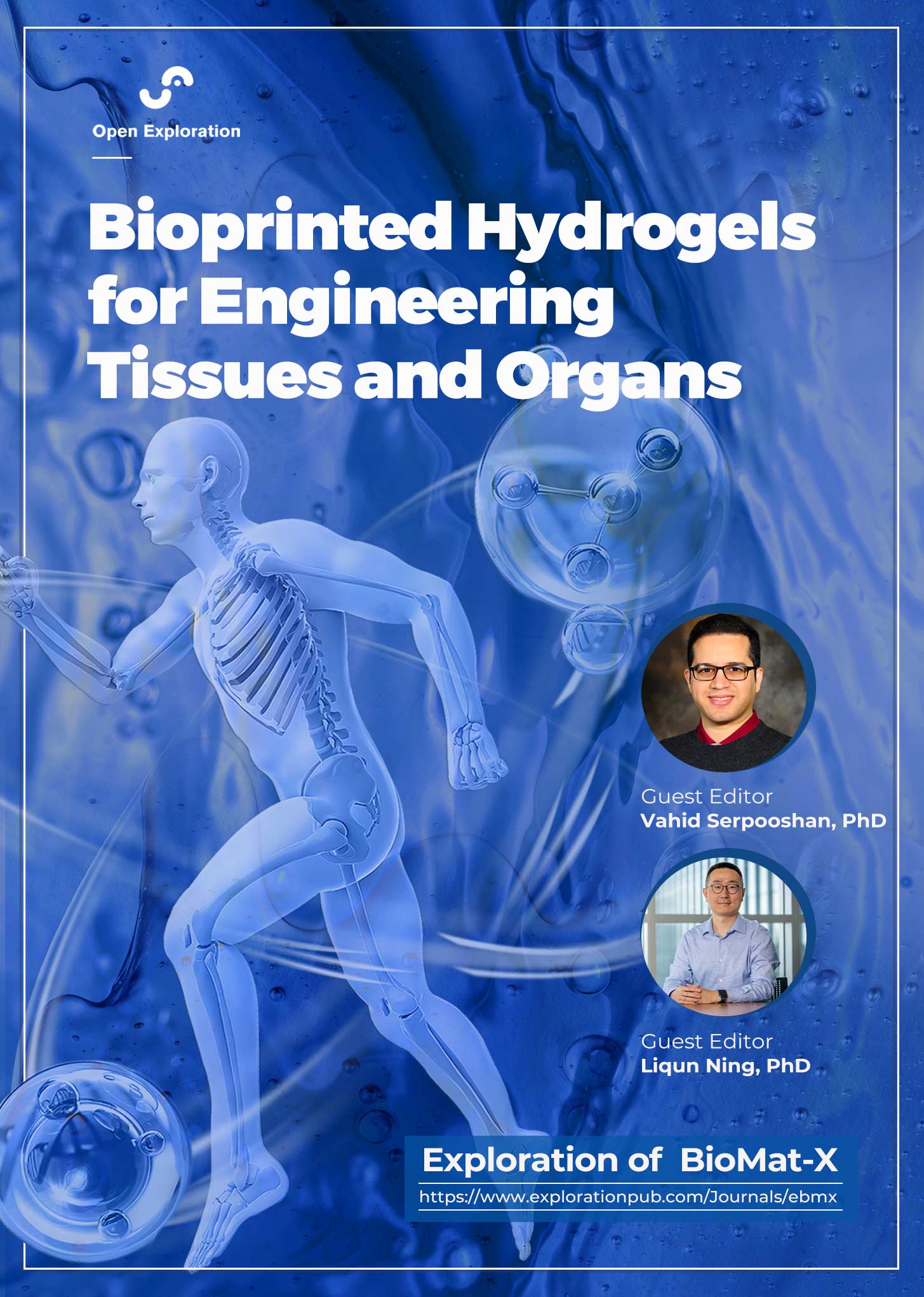
Green Nanoparticles for Biomedical Applications
Priyanka Singh
September 30, 2025
Published Articles: 1
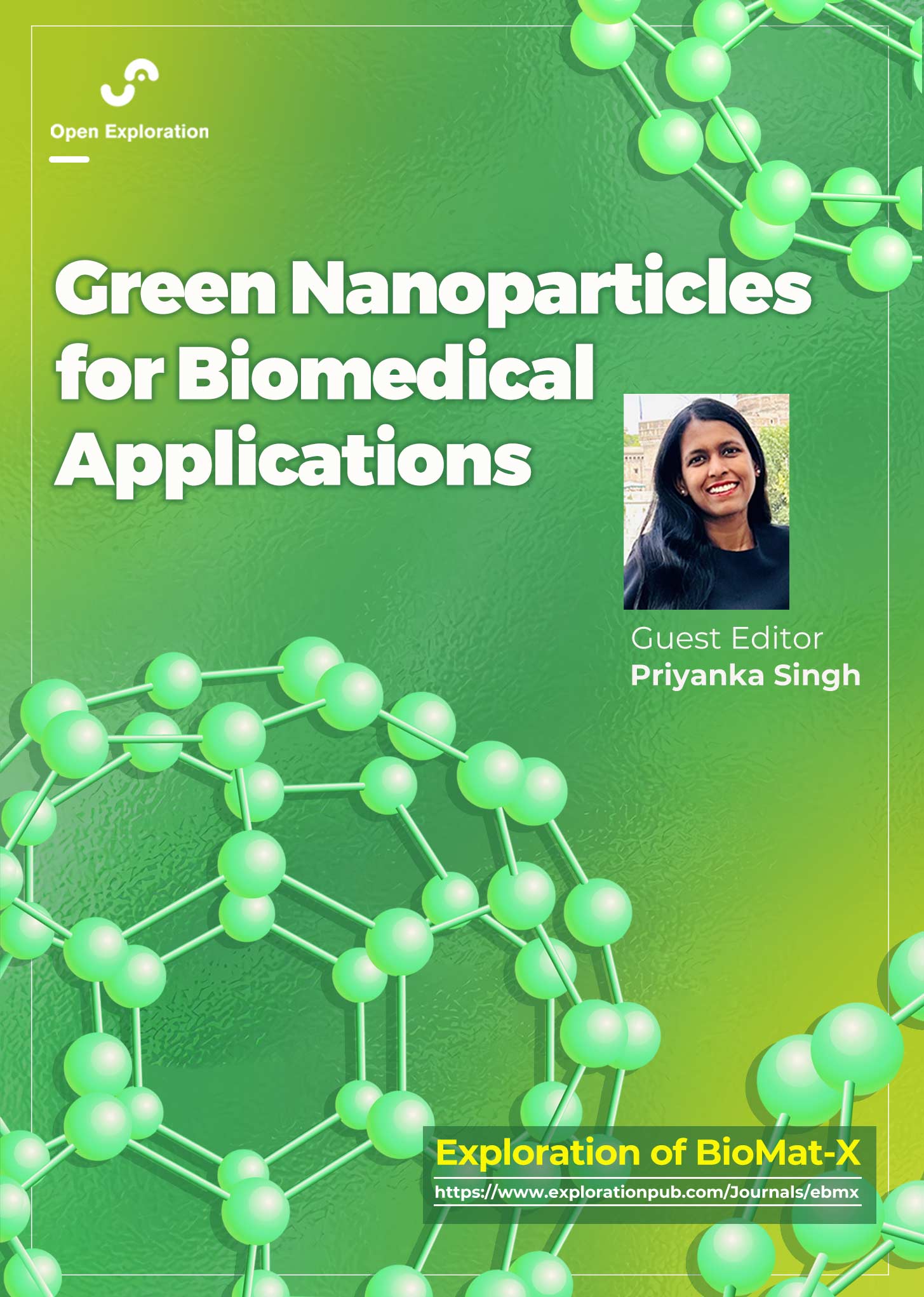
Innovations in Biomaterials for Dentistry and Oral Surgery
Luca Fiorillo
September 30, 2025
Published Articles: 2
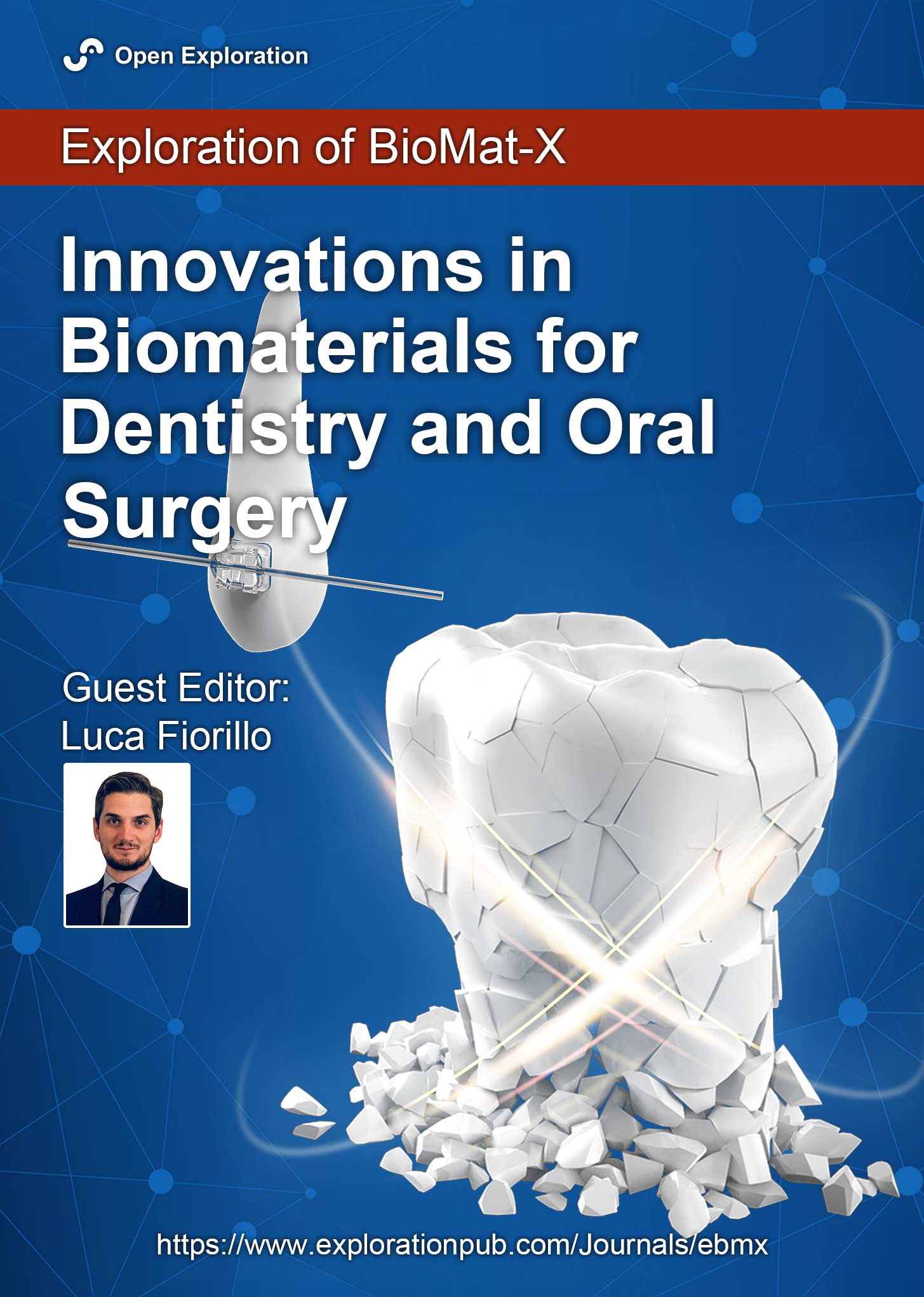
Metal 3D Printing of Biometals for Prostheses and Implants
Rupinder Singh J. Paulo Davim
September 30, 2025
Published Articles: 3
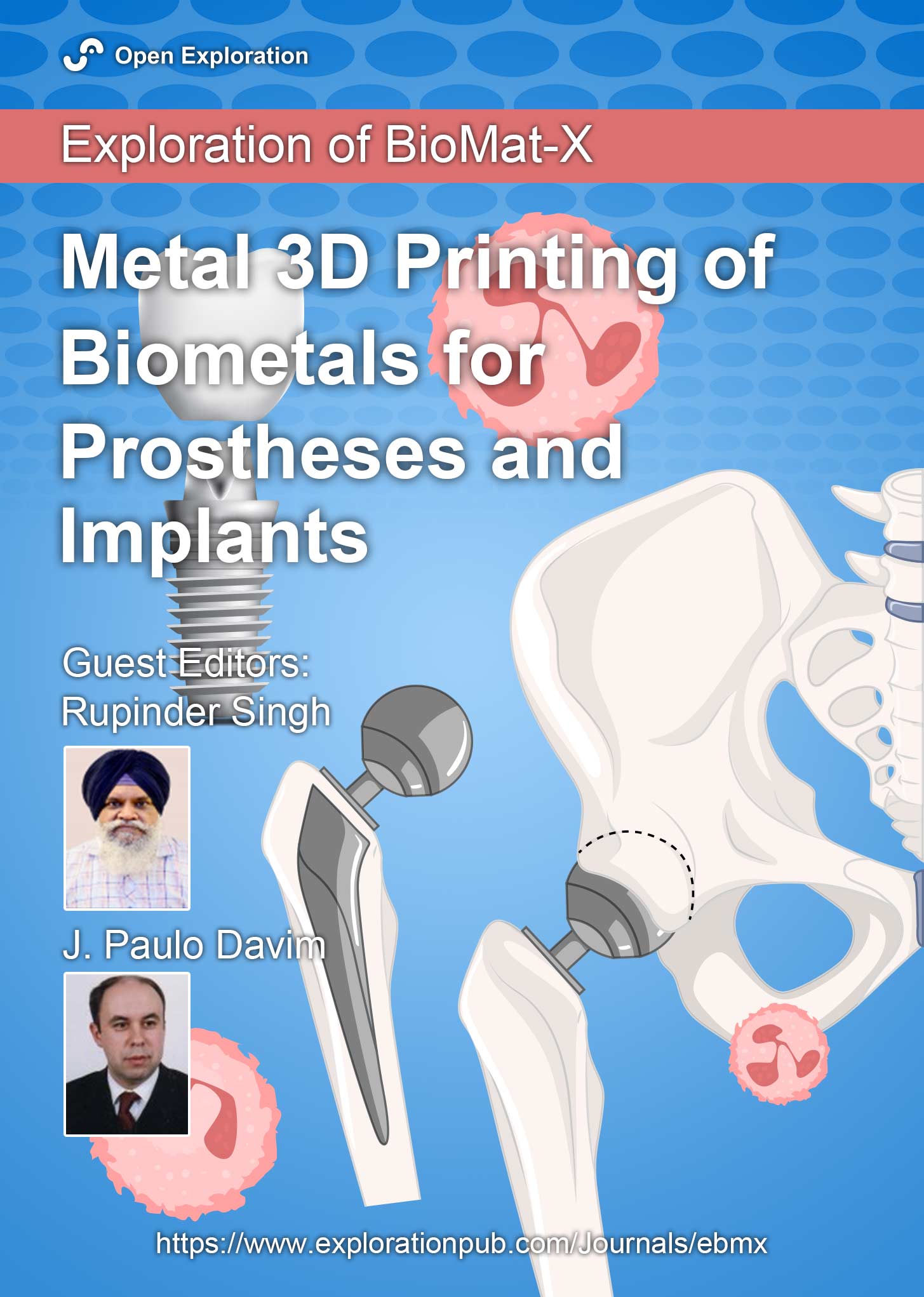
Applications of Biomaterials in Wearable Medical Devices and Bioelectronics
Amirsalar Khandan
June 30, 2025
Published Articles: 0
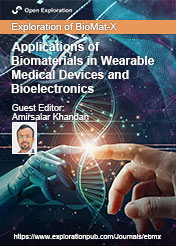
Magnetic Materials and Their Biomedical Applications
Khalid Batoo
June 30, 2025
Published Articles: 0
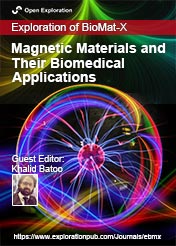
The Use of 2D Materials in Bio-tribology
Andreas Rosenkranz
June 30, 2025
Published Articles: 1
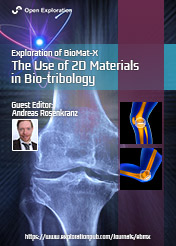
Plasmonic Nanostructures for Designing Optical Biosensors
Mohammad Tavakkoli Yaraki
June 30, 2025
Published Articles: 2
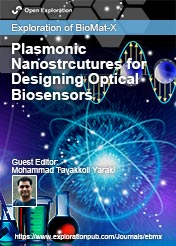
Trends in Biomaterials Research for Cardiovascular Applications
Feng Chen
June 30, 2025
Published Articles: 2
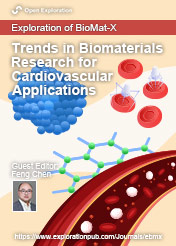
Nature-Based Biomaterials for Biomedical Applications
Jayachandran Venkatesan
June 30, 2025
Published Articles: 3
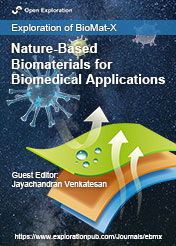
Bioinspired Material for Regenerative Medicine
Ajay Vikram Singh
June 30, 2025
Published Articles: 3
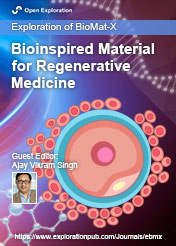
Lignin-based Hydrogels for Energy, Sensing and Medical Applications
Farzad Seidi
June 30, 2025
Published Articles: 0
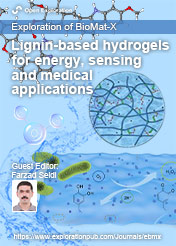
Journal Information
Journal Indexing
Journal Metrics
Article Usage (total)
Views: 75,033
Downloads: 3,060







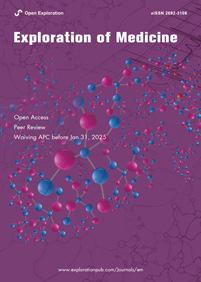
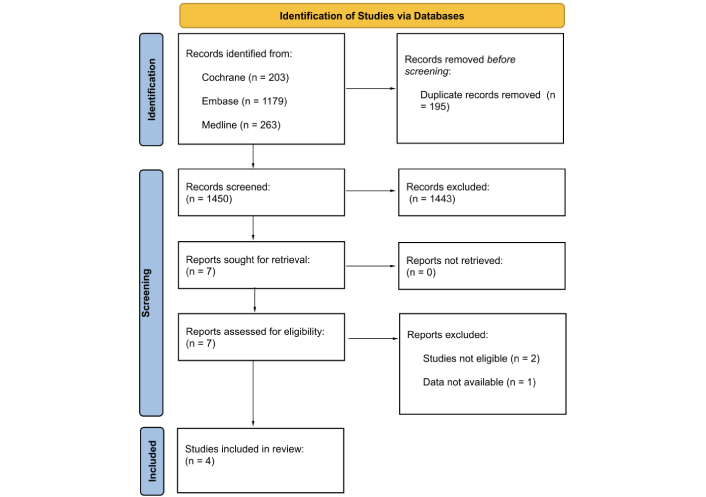 Title: Unravelling the interplaybetween #Harmattan wind andbaroreflex functions: implicationon environmental health andcardiovascular #pathophys
Title: Unravelling the interplaybetween #Harmattan wind andbaroreflex functions: implicationon environmental health andcardiovascular #pathophys


